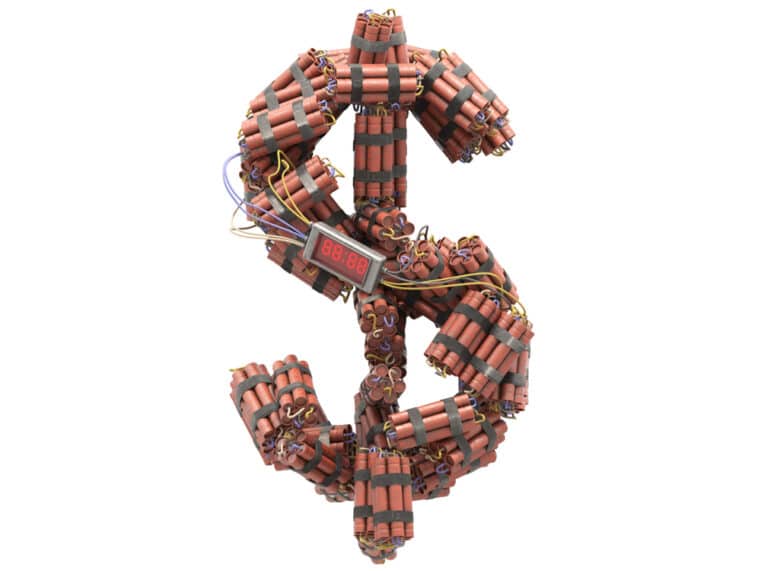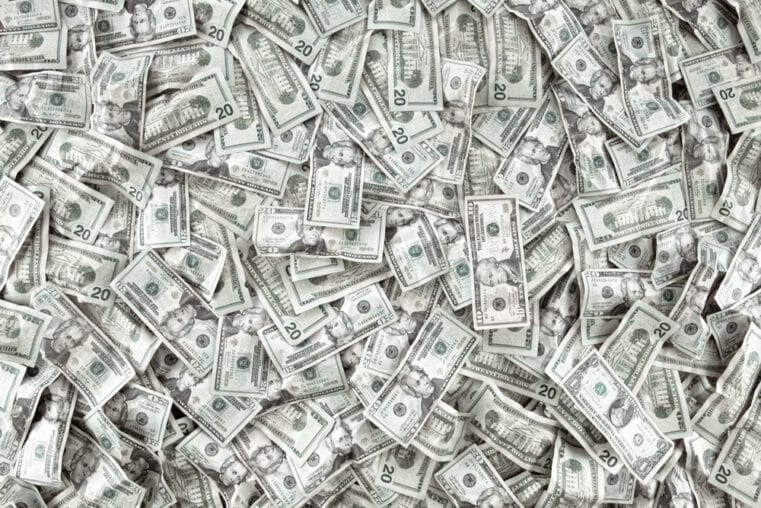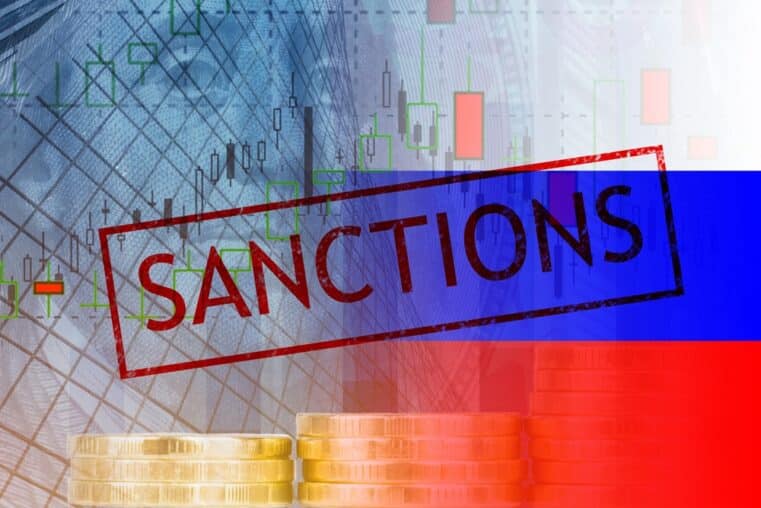
Who Really Sets the Prices? Spoiler: It Ain’t the “Invisible Hand”
The Lies of Mainstream Economics
The economists would love for you to believe that supply-demand curves are the be-all and end-all of price-setting. According to their textbooks, somewhere between lines on a graph lies “equilibrium,” where prices magically align with what people want and what suppliers offer. Sounds neat, right? Except it’s nonsense. That fantasy hinges on the idea that every person has a fixed, “hard-wired” value scale baked into their skull, like some economic robot programmed to always act the same way.
But reality doesn’t work that way. People are goal-seeking animals. They make decisions in real-time, balancing their desires against what’s available. **You don’t buy gas today because of some curve—**you buy it because your tank’s empty and you’ve gotta get to work. And if gas prices are through the roof, you’ll rethink that weekend road trip. These decisions aren’t happening on a nice smooth graph—they’re happening in the messy, chaotic real world.
Prices Aren’t Set by Magic—They’re Set by You and Me
Let’s get one thing straight: prices only exist when people interact. As the great Carl Menger once put it, value isn’t hiding inside a loaf of bread or a tank of gas—it only appears when someone decides that loaf or that gallon is useful to them. Ludwig von Mises doubled down on this: “Prices aren’t some abstract number floating in the market either. They happen in the moment—right here, right now—when two people make a deal.”
A market price isn’t some preordained truth. It’s the ratio of exchange—what two people are willing to swap at that moment. Maybe you trade cash for eggs at the farmer’s market, or Bitcoin for silver on a backchannel site. Either way, that price is determined by you, the buyer, and the seller—no economists needed.
So when the media blames inflation on things like greedy corporations or under-regulated markets, don’t buy it. Prices come from individuals negotiating in real-time, not from government decrees or spreadsheet projections.
Suppliers Set Prices—But You Decide If They Stick
Now, suppliers do set the initial price—they have to. They’ve got costs to cover, profits to make, and debts to dodge. But here’s the kicker: it’s the buyer who has the final say. If no one thinks that $6 gallon of milk is worth it, guess what? That price won’t last long. The supplier’s “costs” only matter if someone’s willing to pay the price they’re asking. If not, the goods rot on the shelf, and the price comes crashing down.
This is why the whole “cost of production” theory is bogus. If prices were only about costs, how do we explain the price of things like undeveloped land or a Picasso painting? What about a VIP concert ticket or hiring a private chef? These things don’t have “production costs” in the traditional sense, but they still fetch astronomical prices. Why? Because someone, somewhere, decided they’re worth it. That’s how subjective value works—it’s personal, fluid, and ever-changing.
Why Supply and Demand Are Still a Mirage
Now, let’s say the supply of a product goes up. Basic economics tells us that the seller needs to drop the price to move their extra stock. Sounds simple, right? But here’s the deeper truth: it’s not the supply increase that matters—it’s what buyers are willing to do with that lower price. Suddenly, people who couldn’t afford the product yesterday might jump at the chance today. Their value scale shifts, their purchasing power expands, and—boom—your supply has buyers. That’s not some cold, mathematical equation—it’s real-life human action in motion.
The seller, in turn, sees their profits per unit shrink, but their total profit grows because they sold more units. Now they’ve got a bigger pool of resources to play with, and the buyers just scored goods they couldn’t afford before. This back-and-forth between buyer and seller is the real heartbeat of the market—not some graph showing a mythical “equilibrium.”
Equilibrium Is a Fairy Tale
Mainstream economists love to talk about equilibrium prices—that sweet spot where supply perfectly meets demand. But in the real world, equilibrium is just a fancy word for "a good enough deal.” The seller gets what they want (money or another good) and the buyer walks away happy. That’s it. No magic, no divine intervention from the Market Gods—just two people agreeing on terms that make sense for them, right there and then.
But here’s the thing: there’s no such thing as lasting equilibrium. People's needs, goals, and circumstances shift constantly. What works today won’t work tomorrow, and prices will adjust accordingly. The idea that the market ever settles into a perfect balance is a fairy tale they tell in Econ 101 to keep you compliant.
The Takeaway: Stop Trusting the System—Start Thinking for Yourself
Prices aren’t handed down from on high—they’re hammered out in the trenches of everyday transactions by people like you and me. Politicians and economists want you to believe that inflation, market prices, and supply-demand curves are things beyond your control. Don’t buy into that lie. The system only works as long as you keep playing their game—and it’s rigged to favor the few at the top.
If you want to survive—and even thrive—when things go off the rails, you need to stop waiting for equilibrium and start taking action. Don’t rely on politicians to fix the market or on economists to predict the future. They won’t. You need to learn how to protect your assets, secure your savings, and stay one step ahead.
Start now—download 'Seven Steps to Protect Yourself from Bank Failure' by Bill Brocius here. Knowledge isn’t just power—it’s survival.
Because when the next crisis hits, it won’t be an equilibrium price that saves you—it’ll be the actions you take today.











